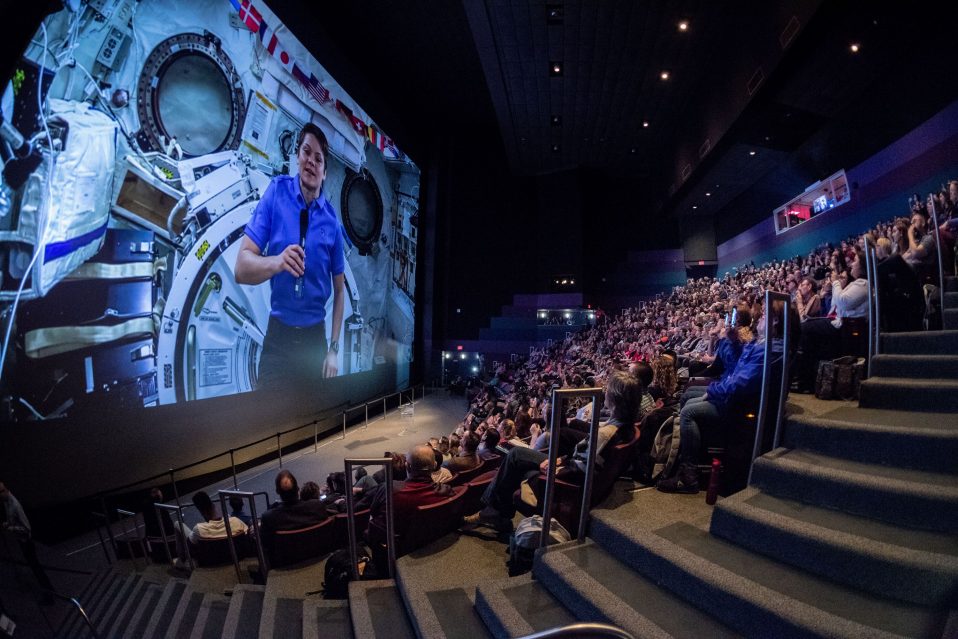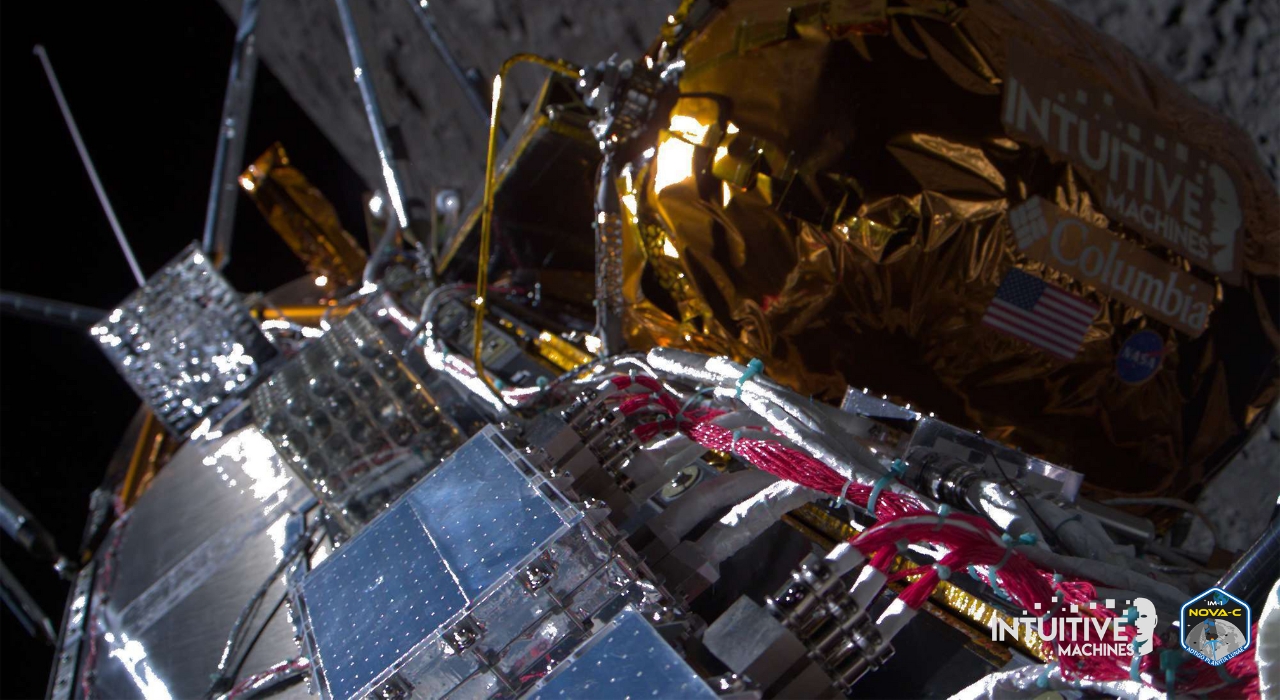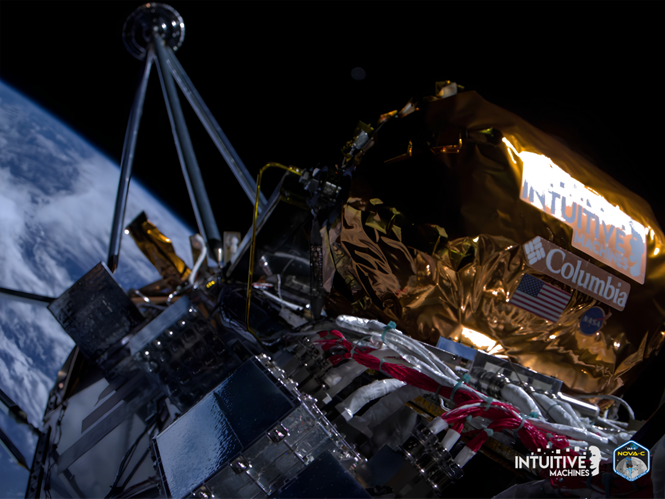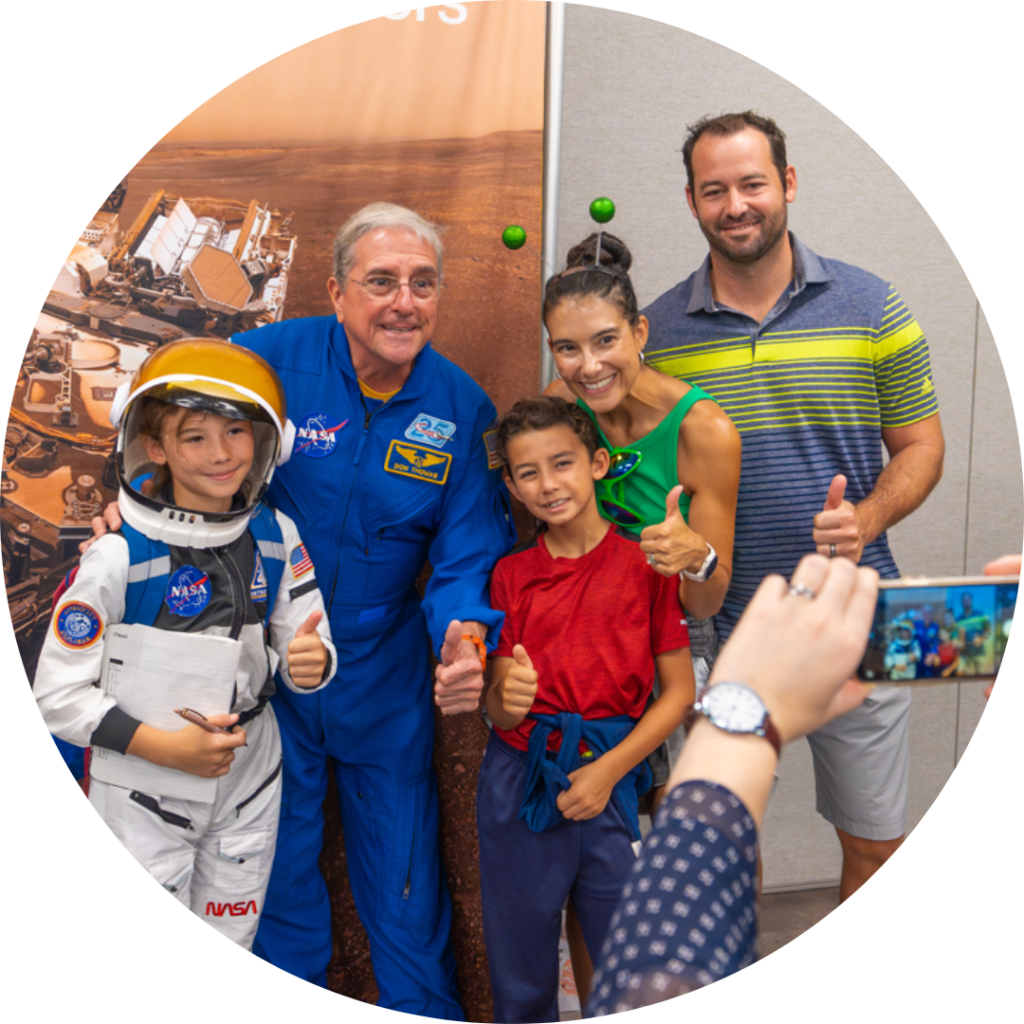

Our next guest post comes from Space Center Houston’s scientist-in-residence Dr. John Charles. John was head of the Health and Human Performance Lab at NASA Johnson Space Center for years and worked on projects supporting things from Skylab to Scott Kelly’s Year in Space. John is also an amateur historian with an affinity for the Apollo program.
The Apollo 8 mission launched 50 years ago Friday, on Dec. 21, 1968. Carrying astronauts Frank Borman, Jim Lovell and Bill Anders, the Apollo 8 mission was the first to carry astronauts to the Moon. It made history both by where it traveled to and what it sent back. In this case, an image of the Earth rising above the lunar surface transfixed the world. How significant was this mission? Where did it fit in the Apollo timeline? John answers these questions and more.
1. Apollo 8 was the first mission to go to the Moon. How did it fit into the plan to get to the Moon?

The first astronauts landed on the moon on only the third piloted lunar mission. The first two were lunar orbital, and the first of those two was a late addition to the Apollo program’s plan.
In September 1967, as Apollo was getting back on its feet after the devastating launch pad fire that killed the Apollo 1 crew, Owen Maynard of the Manned Spacecraft Center in Houston proposed a sequence of Apollo missions that would lead up to a crewed lunar landing. Seven mission types were outlined, each testing a specific set of components and tasks. Each previous step would need to be completed successfully before the next mission type could be undertaken.
Thus, the planned sequence envisioned a lunar landing on only the second piloted mission to the moon. The sequence was changed in August 1968 when it became clear the first crewed Lunar Module, LM-3, would not be ready in time for the December 1968 launch of Apollo 8. LM-3 and its assigned astronauts were slipped to Apollo 9, and Apollo 8 was flown as a lunar orbital mission using just the Command Module. The rest of the Apollo sequence was later modified for technical and budgetary reasons as well.
2. The photo of the Earthrise is so iconic. Was it recognized as such in the moment or did its status build up gradually over time?
The Earthrise photo was recognized as iconic from the first moment Frank Borman saw the Earth rising above the moon’s horizon during the Apollo 8 mission. In those days before electronic cameras, the rest of us back on Earth couldn’t see the astronauts’ photographs until they brought back the film and it was developed. But once it was released by NASA, it received wide acclaim, and was even credited with starting the environmental movement.

3. Keeping with the theme of visuals, this was the first Apollo mission to broadcast TV signals back to Earth from the Moon (Apollo 7 did so from low Earth orbit). What kind of impact did having those images beamed across the world have?
The starkness of the early TV images of the moon from Apollo 8 provided an ideal visual backdrop for the Apollo 8 astronauts’ Christmas Eve message of the reading from Genesis. It worked on a visceral level because it was easy to imagine it almost as an illustration of the words describing the earliest moments of the earth.
4. Apollo 8 started a timeline that saw three missions fly to the Moon and back between Dec. 21, 1968 and July 20, 1969. I’m not sure there’s a question here; that’s just an incredible timeline. Isn’t that incredible?

The more I read and learn about Apollo, the more it seems both incredible and mundane. Deke Slayton once said that Apollo was just a transportation system for getting from point A to point B, and should not be held up as an example of limitless human potential in other areas, such as curing cancer or making a tasty decaffeinated coffee.
But I think he and his contemporaries were too close to the event. Apollo in general, and Apollo 8 in particular, impresses me both with their audacity and their inevitability. Something so historically audacious as sending a rocket to the moon with men aboard was, by 1968, seen as just the next step in a technological process and literally within our capabilities, so why not?
5. What do you see as Apollo 8’s enduring legacy?
Apollo’s legacy is both the scientific bounty it returned and the sense of wonder it inspired in all of us. Subsequent missions accomplished more but were seen as repetitions or slight improvements, especially after Apollo 11. Apollo 8 arguably provided the high point of the wonder and awe because it was so unprecedented in the experience of most humans.







